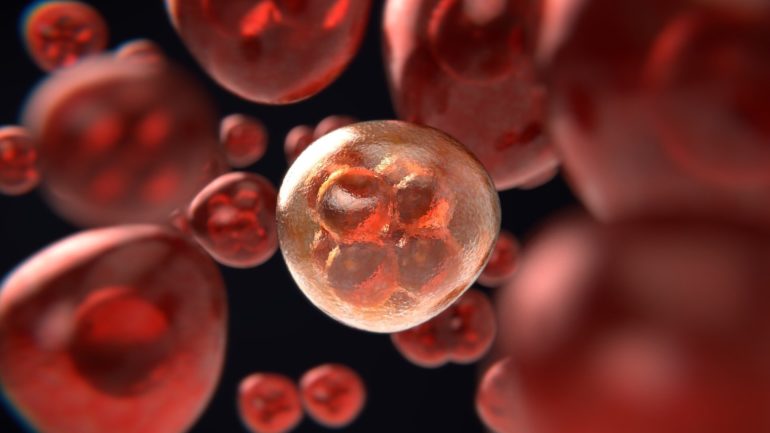A team of Massachusetts General Hospital (MGH) researchers has discovered how an important class of anti-cancer drugs called PARP inhibitors works, a finding that could help improve treatment and prolong survival for patients with breast cancer and other malignancies.
PARP (poly[ADP-ribose] polymerase) inhibitors such as olaparib (Lynparza), rucaparib (Rubraca) and niraparib (Zejula) are used to treat patients with cancers of the breast, ovaries, prostate and pancreas, and are particularly effective against tumors carrying mutations in the BRCA1 and BRCA2 tumor suppressor genes.
PARP inhibitors, like many other classes of anti-cancer drugs, are known to work by interfering with the ability of cancer cells to repair themselves after experiencing damage to their DNA, but exactly how PARP inhibitors selectively kill cancer cells was poorly understood.
But as Zou Lee, Ph.D. and colleagues found, PARP inhibitors work by creating gaps in tumor-cell DNA that remain present through multiple cell cycles, the process by which cells replicate: Grow, divide, repeat. They also found that BRCA1/2 mutant cancer cells cannot respond to these gaps and therefore fail to repair properly, leading to the death of tumor cells.
“These findings provide a mechanistic explanation of the selectivity of PARP inhibitors toward cancer cells, and they also offer new opportunities to improve the use of PARP inhibitors in the clinic,” says Zou, scientific co-director of the Mass General Cancer Center and the Center for Cancer Research, and professor of Pathology at Harvard Medical School.
“This work finally explains why PARP inhibitors kill BRCA-mutant cells selectively,” he adds.
The research findings by Zou and colleagues Antoine Simoneau, Ph.D., and Rosalinda Xiong, both from the MGH Department of Pathology, are published in the journal Genes and Development.
The discovery has the potential to help clinical researchers better identify cells that are sensitive to PARP inhibitors, and to indentify potential mechanisms by which cancer cells may develop resistance to PARP inhibitors, Zou says.
“We can actually monitor BRCA-mutant cells during PARP inhibitor therapy, and then watch them if they change during the therapy, and then we can predict when they will become resistant to the drugs,” he explains.
Zou and colleagues propose development of a clinical test to determine whether BRCA-mutant cells are slowing in growth in the second cell cycle during PARP inhibitor treatment.
“We think that this slowdown is the reason for the development of resistance to PARP inhibitors. If the cells don’t slow down, they should be sensitive to the drugs, but if they do slow down they may be developing resistance,” he says.
Because the ability of BRCA-mutant cells to slow down and thus develop resistance to PARP inhibitors is dependent on a master checkpoint protein (kinase) labeled ATR, it should be possible to combine PARP inhibitors with another class of drugs in development that are designed to inhibit ATR, thereby preventing resistance to PARP inhibitors.
The work is supported by grants to Zou from the National Institutes of Health.
Researchers identify new relevant target for PARP inhibitor talazoparib
More information:
Antoine Simoneau et al, The trans cell cycle effects of PARP inhibitors underlie their selectivity toward BRCA1/2-deficient cells, Genes & Development (2021). DOI: 10.1101/gad.348479.121
Provided by
Massachusetts General Hospital
Citation:
Researchers pinpoint how PARP inhibitors combat BRCA1 and BRCA2 tumor cells (2021, August 12)
retrieved 12 August 2021
from https://medicalxpress.com/news/2021-08-parp-inhibitors-combat-brca1-brca2.html
This document is subject to copyright. Apart from any fair dealing for the purpose of private study or research, no
part may be reproduced without the written permission. The content is provided for information purposes only.
